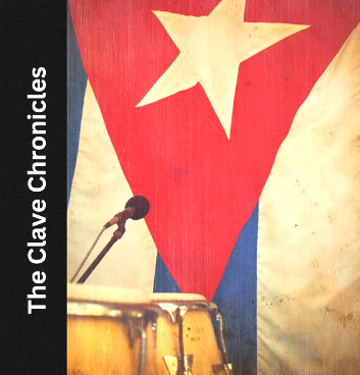Archivo
New Stuff[hide]
Musicos: Rafael Paseiro Monzón
Musicos: Dennis Nicles Cobas
Musicos: Jiovanni Cofiño Sánchez
Musicos: Yasser Morejón Pino
Fotos: Tom Ehrlich : 2024 Monterey Jazz, P...
Resenas: Vacilón Santiaguero (Circle 9 ...
Staff: Bill Tilford
Fotos: Tom Ehrlich : 2024 Monterey Jazz, P...
Fotos: Tom Ehrlich : 2024 Monterey Jazz Fe...
Fotos: Tom Ehrlich : testing 123
Grupos: Pupy y los que S... : Discography - 1995- F...
Reportes: From The St... : Cubadisco 2...
Reportes: From The St... : Jazz Plaza ...
Fotos: Tom Ehrlich : Irakere 50th Annivers...
Photos of the Day [hide]
La Última
Monterey Jazz Festival, Part 4
Here's Tom Ehrlich's third of four galleries from this year's Monterey Jazz Festival.
 Dancers Samara Atkins, Juliana Cressman and Molly Levy
Dancers Samara Atkins, Juliana Cressman and Molly Levy
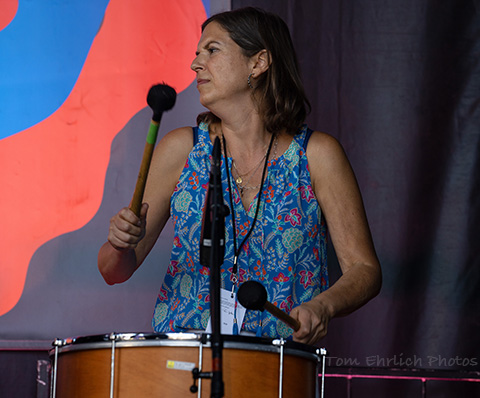 Ami Molinelli
Ami Molinelli
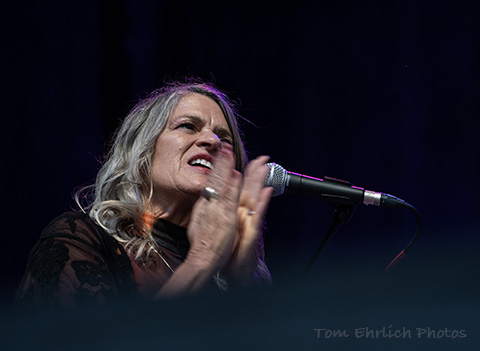 Claudia Villela
Claudia Villela
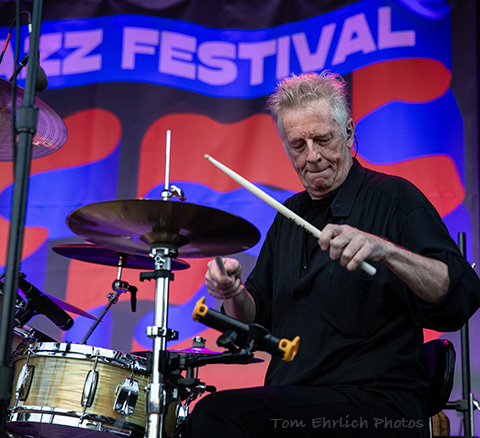 Celso Alberti
Celso Alberti
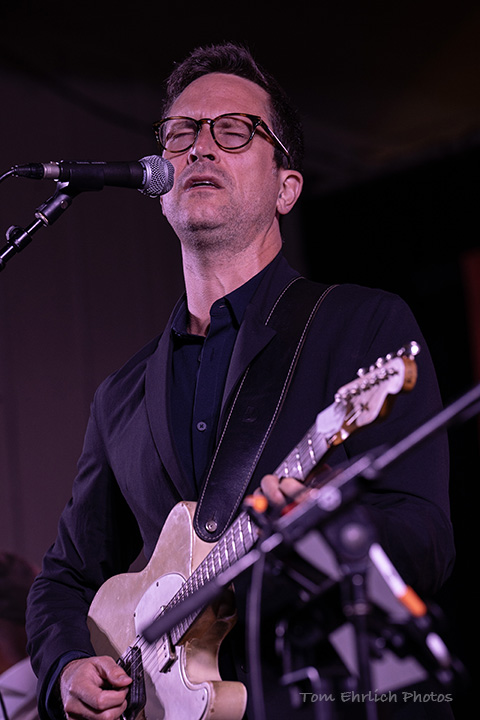 Clay Ross
Clay Ross
 Falu Shah
Falu Shah
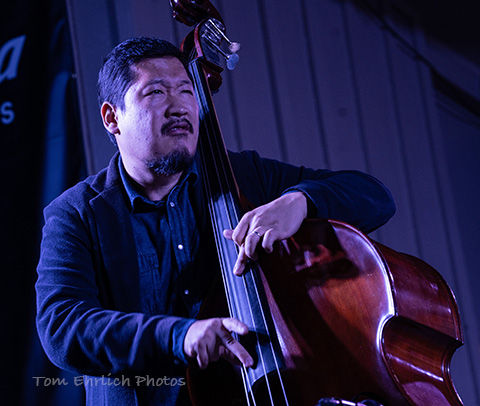 Yasushi Nakamura
Yasushi Nakamura
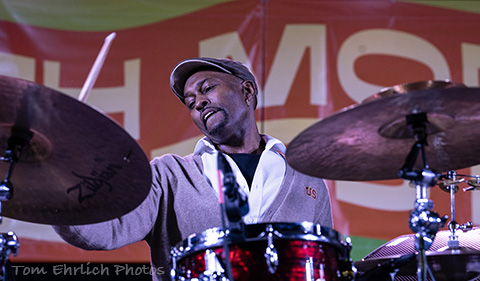 Clarence Penn
Clarence Penn
Monterey Jazz Festival, Part 3
Here's Tom Ehrlich's third of four galleries from this year's Monterey Jazz Festival.
 Sullivan Fortnier
Sullivan Fortnier
 Kendrick Scott
Kendrick Scott
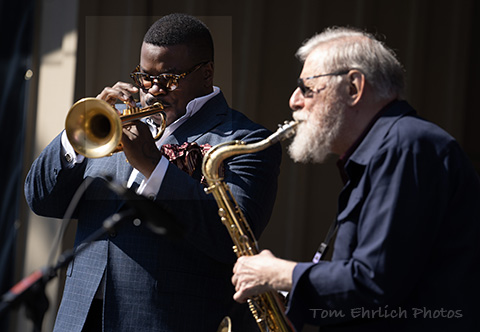 Jeremy Pelt (trumpet) and Lew Tabackin (sax)
Jeremy Pelt (trumpet) and Lew Tabackin (sax)
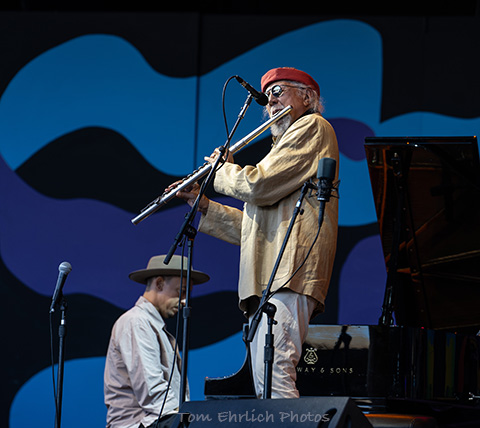 Charles Lloyd (flute) and Gerald Clayton (piano)
Charles Lloyd (flute) and Gerald Clayton (piano)
 Angela Davis and Terri Lyne Carrington
Angela Davis and Terri Lyne Carrington
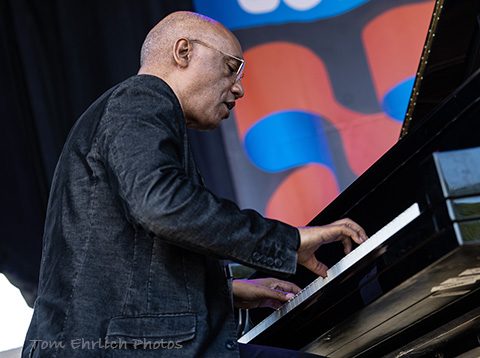 Billy Childs
Billy Childs
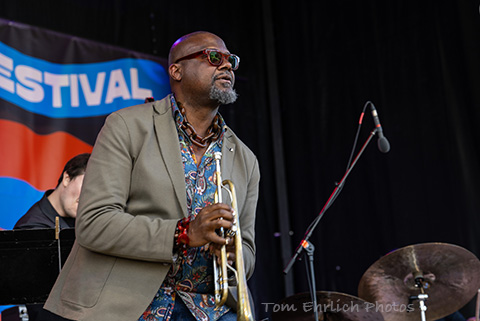 Sean Jones
Sean Jones
Amazing Cuban Podcasts
Changüí!
We've all been waiting for this episode of The Clave Chronicles.
The genre of Changüí is one of the great "missing links" of rhythm: like guaguancó, chachalokefún, guarapachangueo, the Oru Seco, James Brown c. 1970, J. Dilla c. 2000, Count Basie c. 1940, Arsenio from 1940 to 1952. And this week's Clave Chronicles guest, Ben Lapidus, is definitely the missing link in terms of studying this mysterious and fabulously funky genre. He's the world's leading English language source of information on the subject -- from his seminal book ...
... to his work on last year's 4-CD boxset, The Sound of Guantánamo.
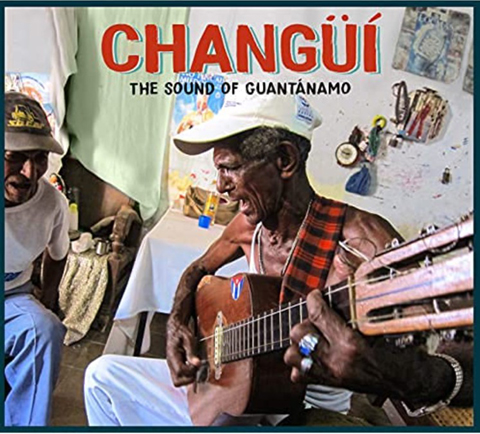
Monterey Jazz Festival, Part 2
Click here for Tom Ehrlich's second gallery from the 2023 Monterey Jazz Festival.
 Ray Obiedo guitar (with Colin Douglas & Michael Spiro)
Ray Obiedo guitar (with Colin Douglas & Michael Spiro)
 Elena Pinderhughes flute and Lionel Loueke guitar
Elena Pinderhughes flute and Lionel Loueke guitar
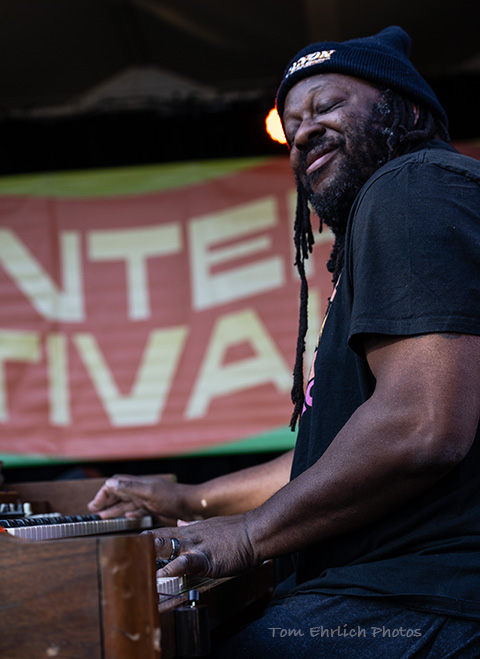 Delvon Lamarr
Delvon Lamarr
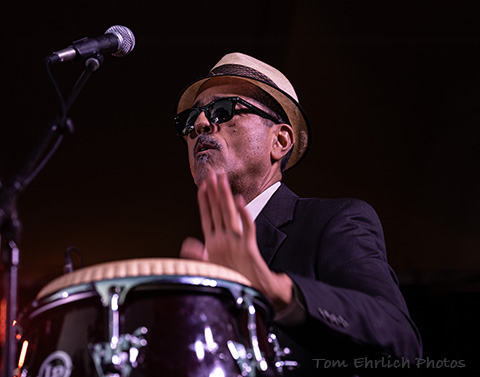 John Santos
John Santos
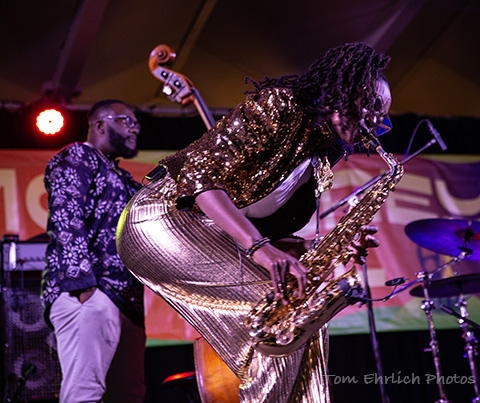 Lakecia Benjamin sax and Ivan Taylor bass
Lakecia Benjamin sax and Ivan Taylor bass
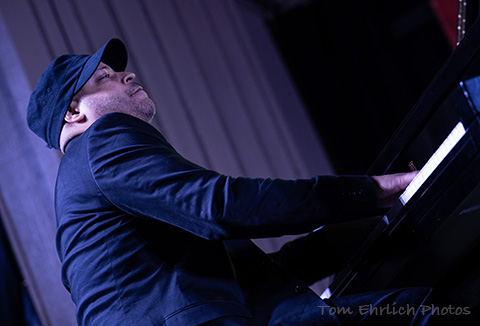 Zaccai Curtis
Zaccai Curtis














